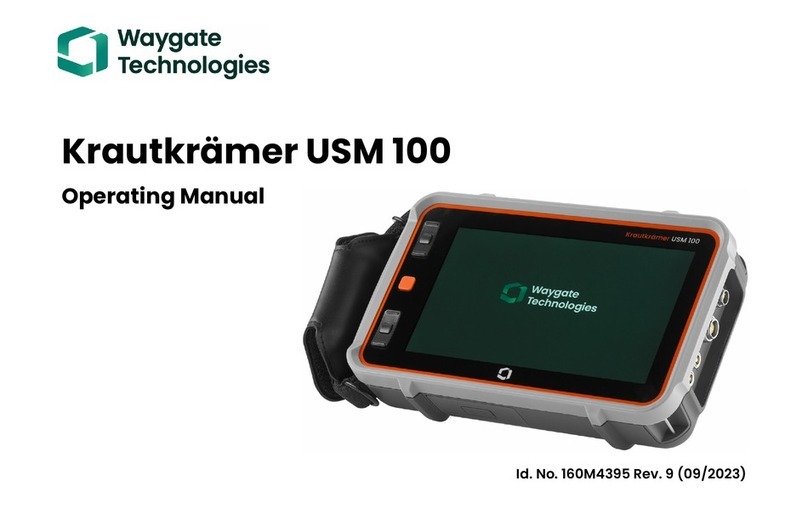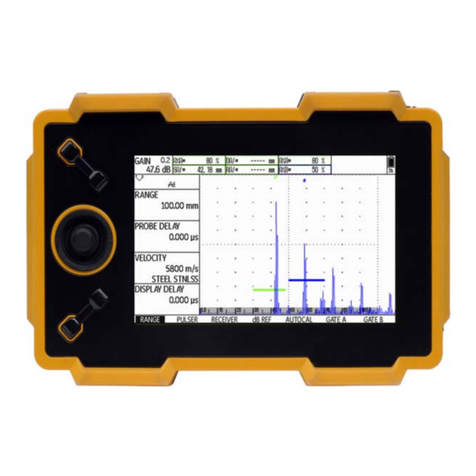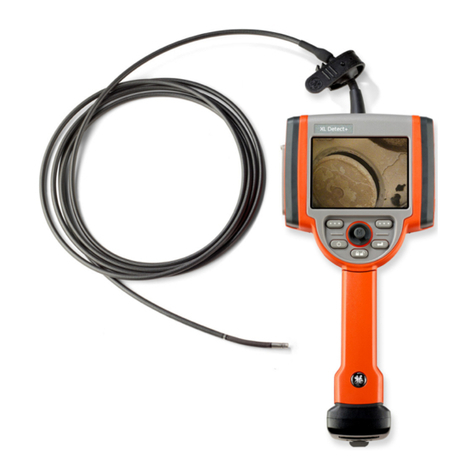
2
Table of Contents
Introduction.......................................................................................................................................4
About this Manual................................................................................................................4
Technical Support................................................................................................................4
System Overview ..................................................................................................................4
Standard Equipment..........................................................................................................5
Optional Features.................................................................................................................5
Safety Information........................................................................................................................6
Informations sur la sécurité...................................................................................................8
Start Up ...........................................................................................................................................10
Unpacking, Assembling, and Powering the MViQ........................................ 12
Unpacking and Putting Away the System (Large Case) ....................... 13
About the Battery ...............................................................................................................14
Powering the MViQ On and Off..................................................................................15
Changing Probes and OTA's.......................................................................................16
Setting Up the MViQ Operating System .......................................................................17
Working with Profiles ........................................................................................................ 18
System Setup ........................................................................................................................19
Screen & Display Setup ................................................................................................. 21
Connectivity Setup...........................................................................................................23
Blade Counter Analytics........................................................................................................25
Still Analytics..................................................................................................................................33
Image & Video Setup......................................................................................................39
Measurement & Annotation Setup ...............................................................................40
Capturing and Adjusting Images ........................................................................... 41
Working with Video...........................................................................................................54
Measuring Features and Indications...................................................................55
Point Cloud View (3DPM and 3D Stereo)...........................................................59
3D Phase Measurements (3DPM)...........................................................................63
3D Stereo Measurements ............................................................................................66
Comparison Measurements .....................................................................................76
Troubleshooting Measurements ........................................................................... 77
Managing Files.............................................................................................................................78
Editing Files and Folders/Creating Folders......................................................79
MDI ..........................................................................................................................................80
Maintenance and Troubleshooting...............................................................................88
Troubleshooting Guide..................................................................................................89
APPENDICES.....................................................................................................................................93
Appendix A. Technical Specifications .................................................................93
Appendix B. Optical Tip Table ...................................................................................96
Appendix C. Chemical Compatibility .................................................................97
Appendix D. Warranty ...................................................................................................97































